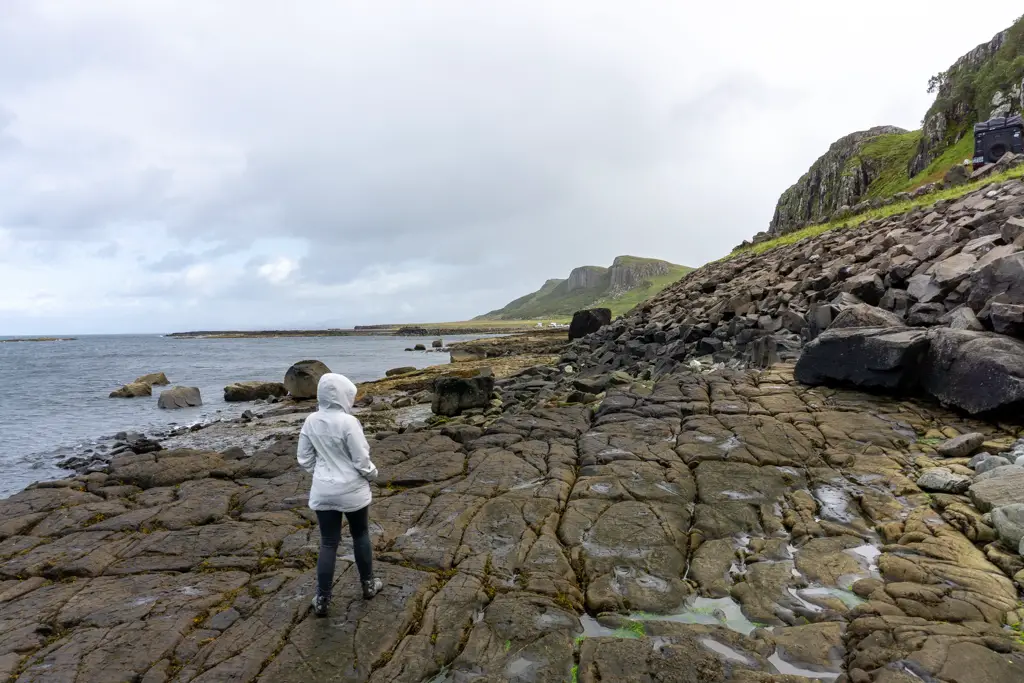The discovery of dinosaur footprints on the Isle of Skye has provided yet another reason to visit this famous Scottish island. Whilst people have long been drawn to Skye for its whimsical folklore and stunning landscape, its new status as the ‘Dinosaur Isle’ is luring fossil enthusiasts from all over.
Whether you’re a history buff hoping to spot one of these ancient marks or a family looking to keep the kids amused, a dino print hunt is a great way to see a different side of Skye. Read on to find out more about the dinosaur footprints on the Isle of Skye, including their age and how to find them!
Read more: (opens in new tab)
- Wildlife on the Isle of Skye
- Wild Haggis: Where to Find Them
- Best Beaches on the Isle of Skye, Scotland
A Brief History of the Changing Face of the Isle of Skye
Before we delve too deep into what kinds of dino prints have been discovered on Skye, there will first be a short history lesson.
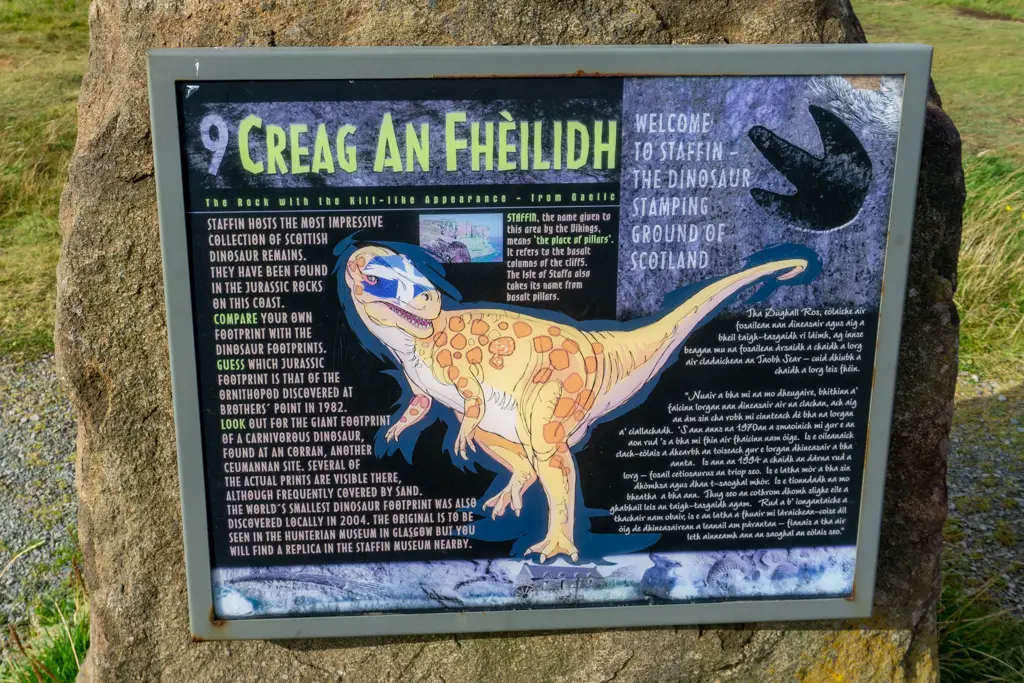
There was once a time when all of the land on the planet was joined together as one supercontinent, known as Pangea. Over millions of years, the shifting of tectonic plates caused Pangea to break up into the continents we know today. It is believed that during this process, the Isle of Skye moved from being a subtropical equatorial island up to its current position, further north than the entire USA.
While slowly making its way upwards, the landscape of Skye changed dramatically and where there is now coastline, there may have once been watering holes and lagoons. The fossilised prints were created when dinosaurs walked across a soft surface, such as mud, leaving a trail of footprints behind them. Over time, these footprints filled up with silt or sand which, under the right conditions, slowly hardened and turned into rock.
At least, that’s what the palaeontologists told me! I don’t actually understand the mechanics of how it happened. What I do know, is that you can see dinosaur footprints preserved in rock, in various spots around the Isle of Skye!
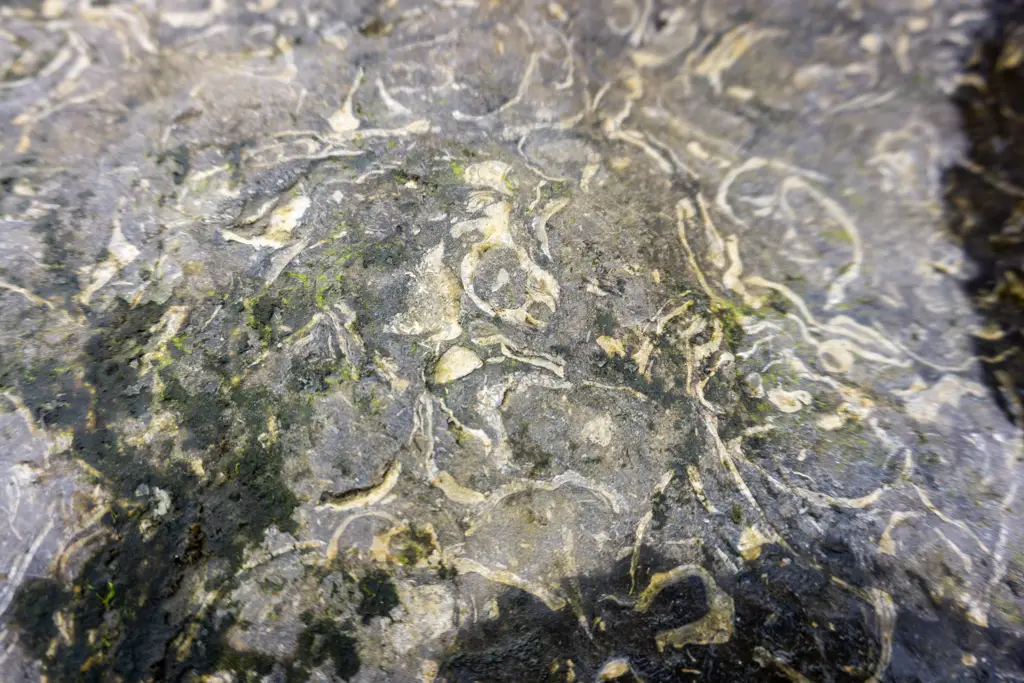
Discovering the Dinosaur Footprints on Skye
Although the discovery of any kind of dinosaur tracks is exciting, the footprints on Skye are even more so. This is because they date back from the Jurassic Period (around 170 million years ago), of which there is very little known. 15% of the world’s mid-Jurrasic discoveries have been made on the Isle of Skye, which demonstrates why the island is so important for researchers.
During the Jurassic Age, dinosaur evolution went into overdrive. The smaller dinosaurs that roamed the earth quickly (by evolutionary standards) became the monsters we now see in Hollywood films (except maybe with a few more feathers)!
Whilst it was originally thought that most of the dinosaur footprints discovered on Skye could be attributed to herbivorous dinosaurs, the recent uncovering of more prints at Rubha nam Braithrean (Brothers’ Point) confirmed that the island was home to more carnivores than originally thought. That’s right – the kind of scary dinosaurs that stalk Jeff Goldblum!
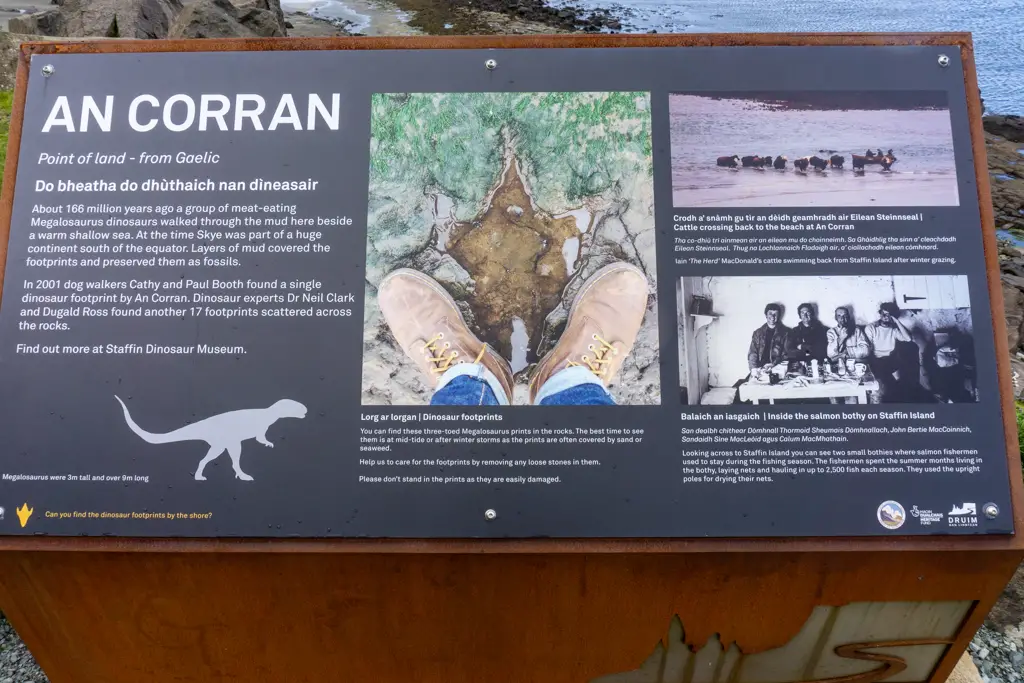
The majority of footprints on Skye are believed to have belonged to sauropods. These dinosaurs would have been the largest land creatures on earth at the time. It is thought that they could be as long as 130 feet and as tall as 60 feet, however, research has suggested the ones that lived on Skye were likely much smaller, around 6 feet tall.
As mentioned earlier, footprints from carnivorous Theropods have also been discovered. These three-toed prints would have belonged to bipedal dinosaurs, much like the menacing Tyrannosaurus Rex.
Skye also has footprints which are believed to have belonged to Ornithopods. They are characterised by their bipedal stance and a plant-based diet.
Where to Find the Dinosaur Footprints on the Isle of Skye
Staffin
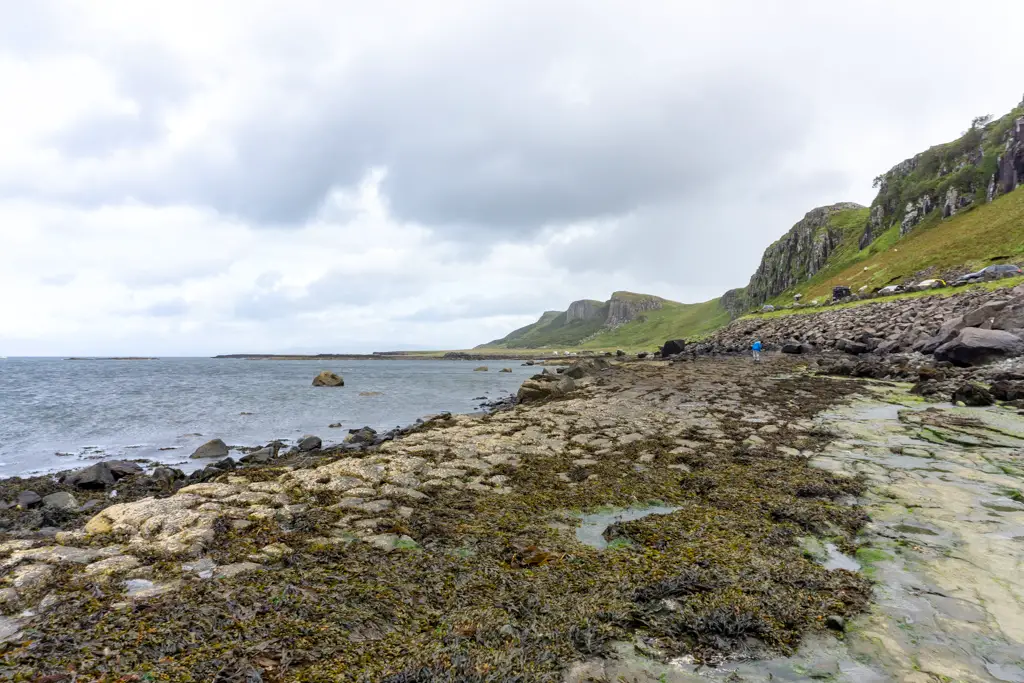
The most well-known place to hunt for dinosaur footprints on Skye is at An Corran beach. This beach is located in Staffin and is easy to reach by car. Situated on the famous Trotternish Loop, head north out of Portree and follow the A855.
The dinosaur footprints located here are believed to have mainly been from Ornithopods. There are also prints from Megalosaurus, Cetiosaurus and Stegosaurus in this area.
There is a decent covering of footprints situated on a bed of sandstone at An Corran beach. These are only viewable at low tide and are sometimes covered by sand in the summer. The main prints are located fairly close to the beach ramp.
Staffin Ecomuseum
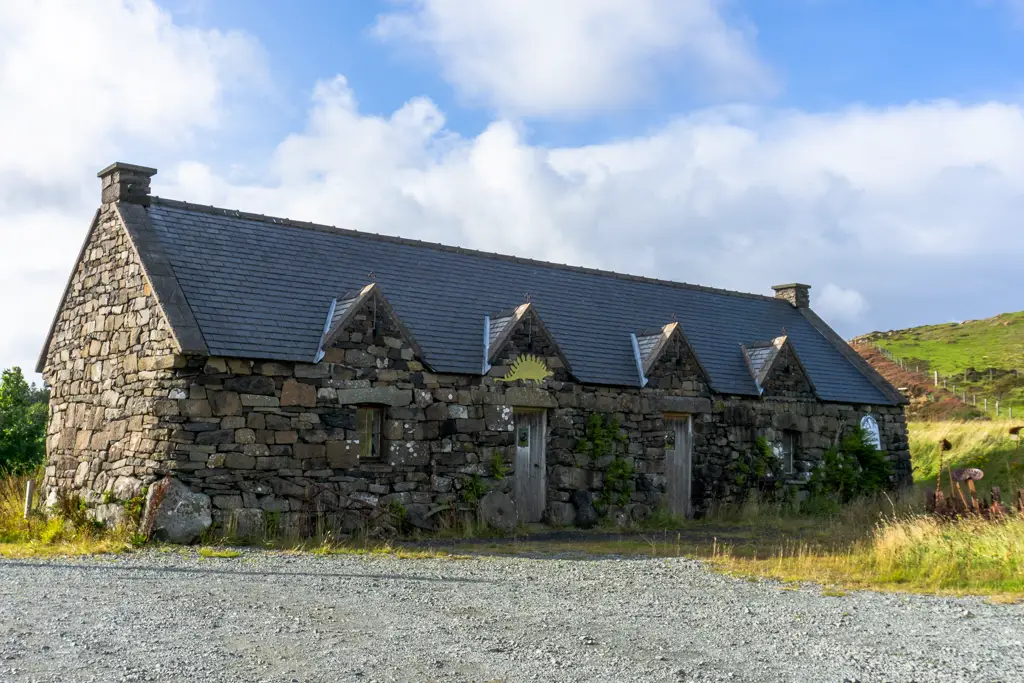
Established by Dugald Ross in 1976, this museum is home to an impressive, internally recognised collection of dinosaur fossils. Don’t be fooled by its small size, this place is jam-packed full of dinosaur fossils and the curator is hugely knowledgeable. As well as many fossils, you can also see a dinosaur leg bone and the world’s smallest dino footprint here.
Be aware that the museum is not heated so you’ll need to wrap up warm on a cold day! If you are struggling to find the dinosaur prints, this is the place to go for tips. However, if you’re short on time, you can take a tour of the prints from the Staffin Ecomuseum.
Brothers’ Point
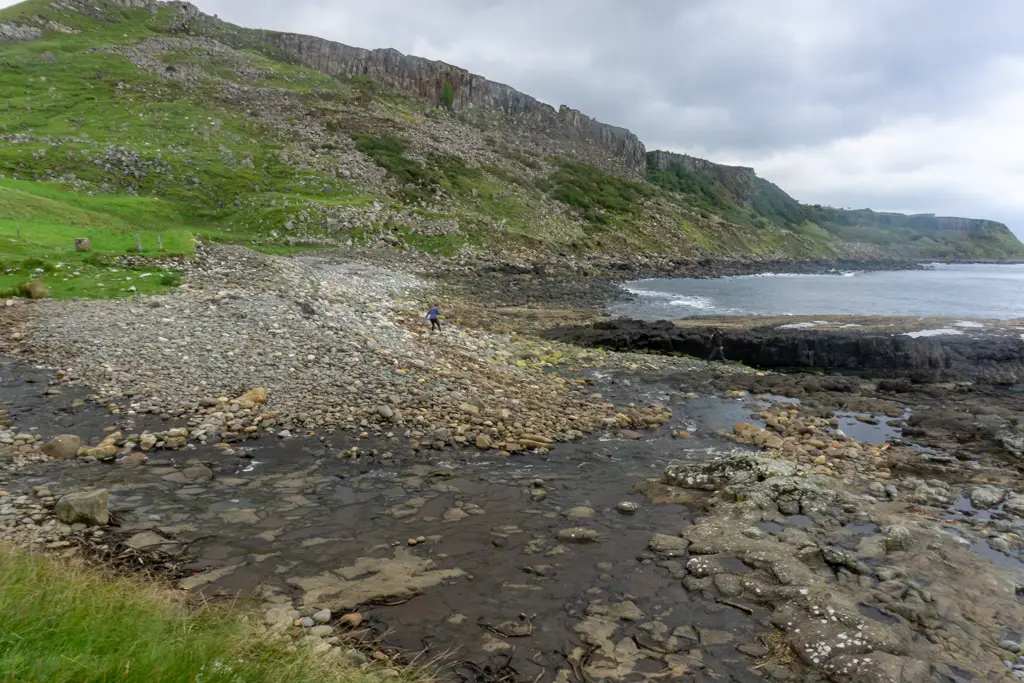
Whilst Brothers’ Point (Rubha nam Braithrean in Gaelic) is an impressive spot to visit in its own right, it is also a must-see place for fossil enthusiasts. In 2018, new dinosaur tracks were discovered here and are believed to have belonged to both sauropods and theropods.
The Edinburgh University researchers found around 50 prints in the tidal area and some are very large. Unlike some of the other locations where it is possible to see prints on Skye, Brothers’ Point will require a short walk. For directions down to the beach, see this post all about the hike to Brothers’ Point.
Duntulm
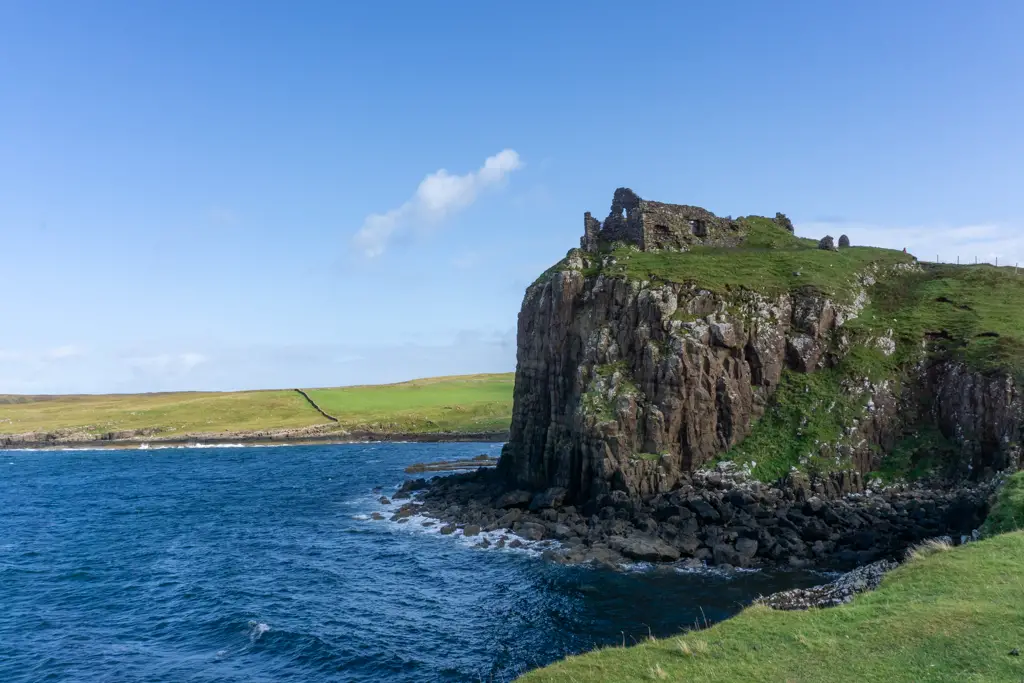
Duntulm Castle, located on the Trotternish peninsula is also near to a spot where dinosaur footprints have been found. Much like the prints at Staffin, the footprints at Duntulm can only be seen at low tide. Rather impressively, they actually make up the biggest dinosaur trackway in Scotland and are arguably some of the best tracks of their kind in the entire world.
The footprints are believed to have come from a group of sauropods. To find them, park up in the lay-by on the road and head down to the shore, south of Duntulm Castle. Keep an eye out for the zigzagging tracks across the sandstone and limestone slab.
Tips for Dinosaur Footprint Hunting on Skye
- Fossil collecting and damage to fossils is prohibited in all of these places and is taken very seriously. You can be fined up to £40,000 if you are found to have broken these rules.
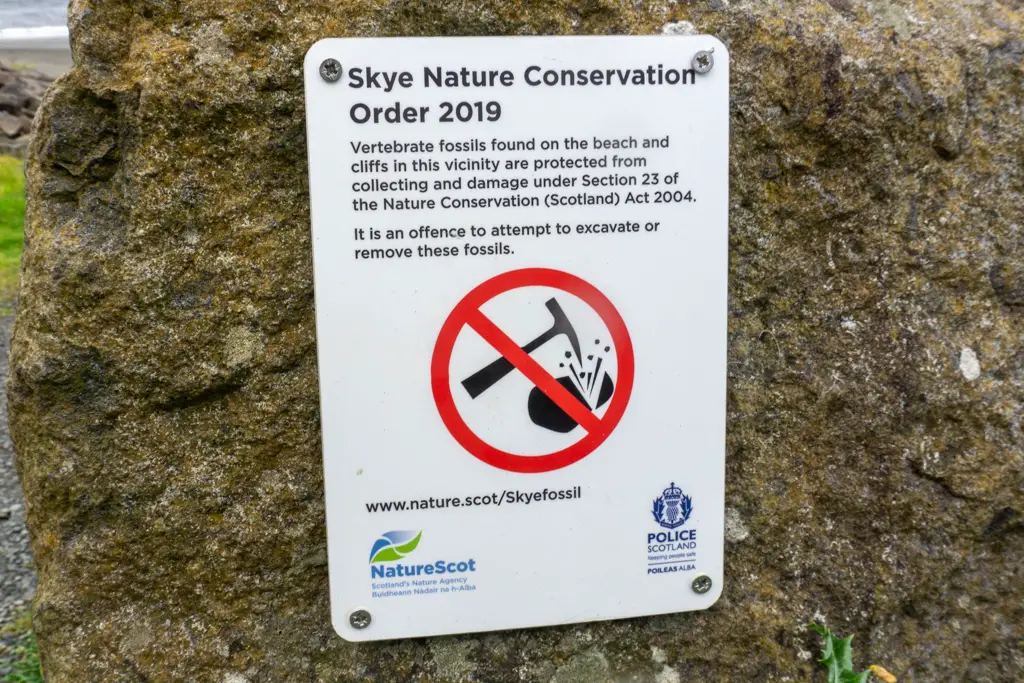
- Prints are most likely to be found on the rock formations along the coastline.
- You are only able to see the dinosaur footprints at low tide so remember to check the tide times before setting off on your adventure!
- The rocks can be slippery if they are covered in seaweed. Take care when you are exploring.
- If you are visiting the Isle of Skye in winter, bear in mind that bad weather may lessen your chances of finding the footprints. The wind can really whip up in this area which makes visibility poor!
- Bring a sense of adventure on your dinosaur print expedition. They aren’t always easy to find but fun to search for regardless!
Further reading: Marvel at authentic dinosaur footprints at Parque Cretácico, Sucre.
Have you spotted any of the dinosaur footprints on the Isle of Skye?

